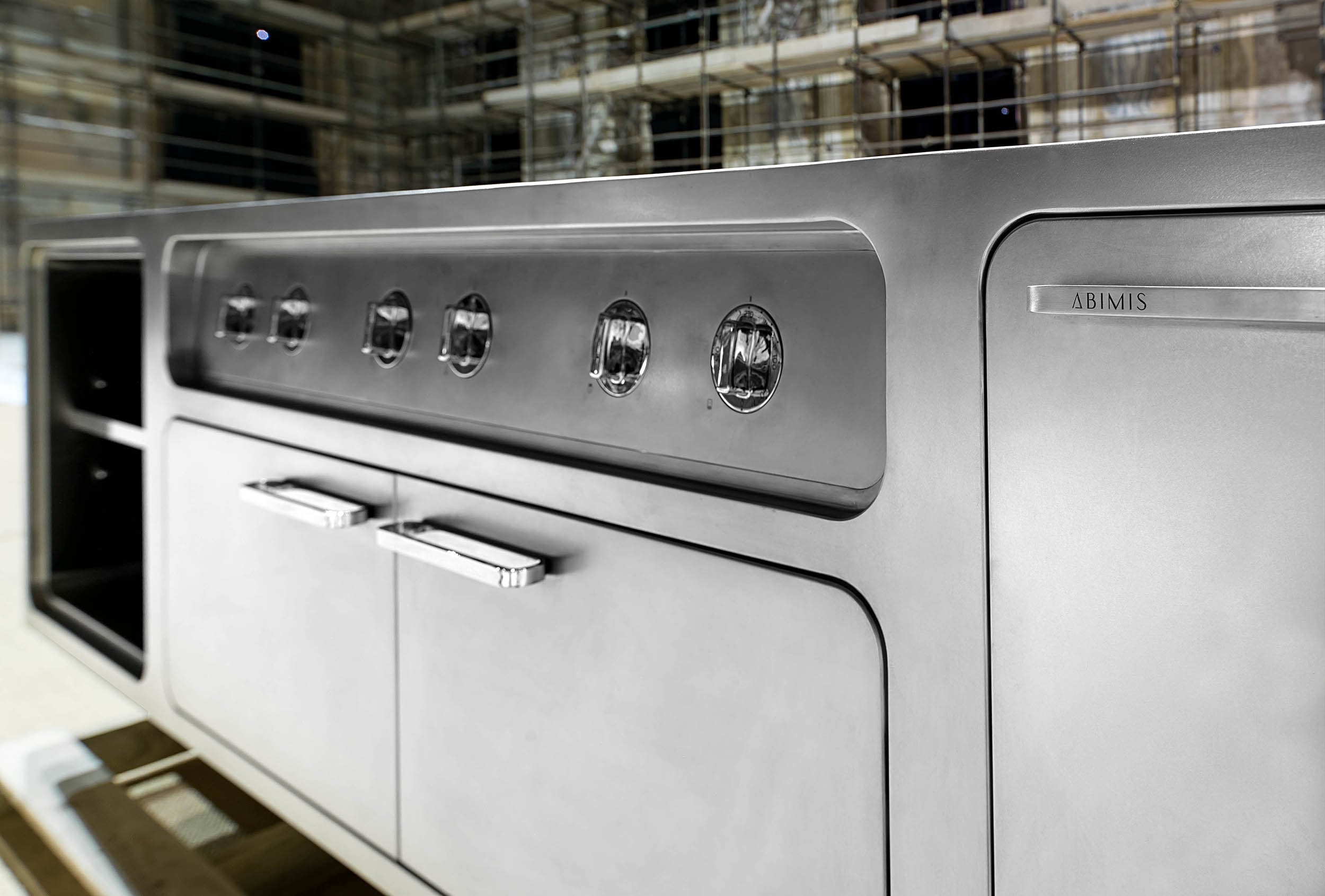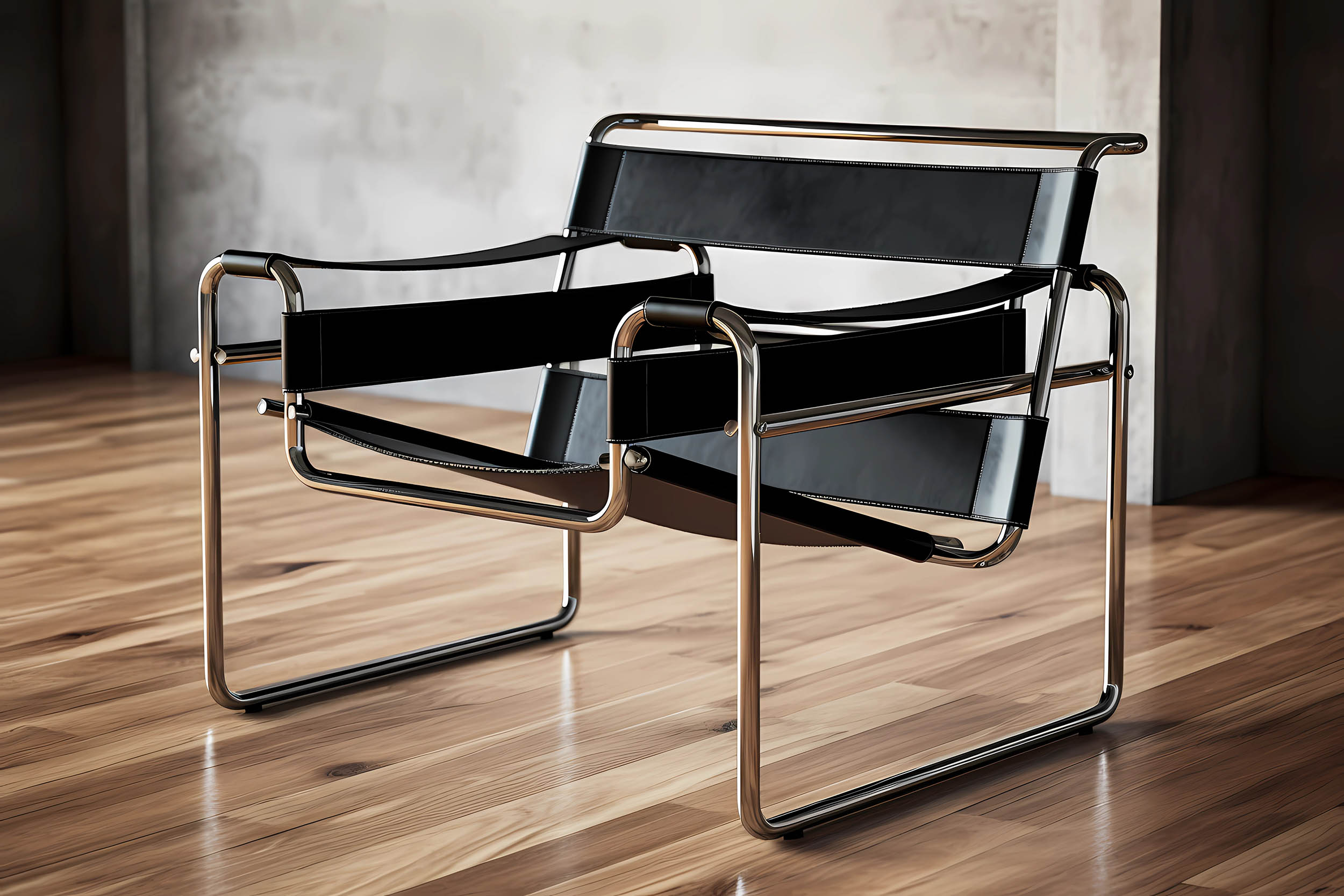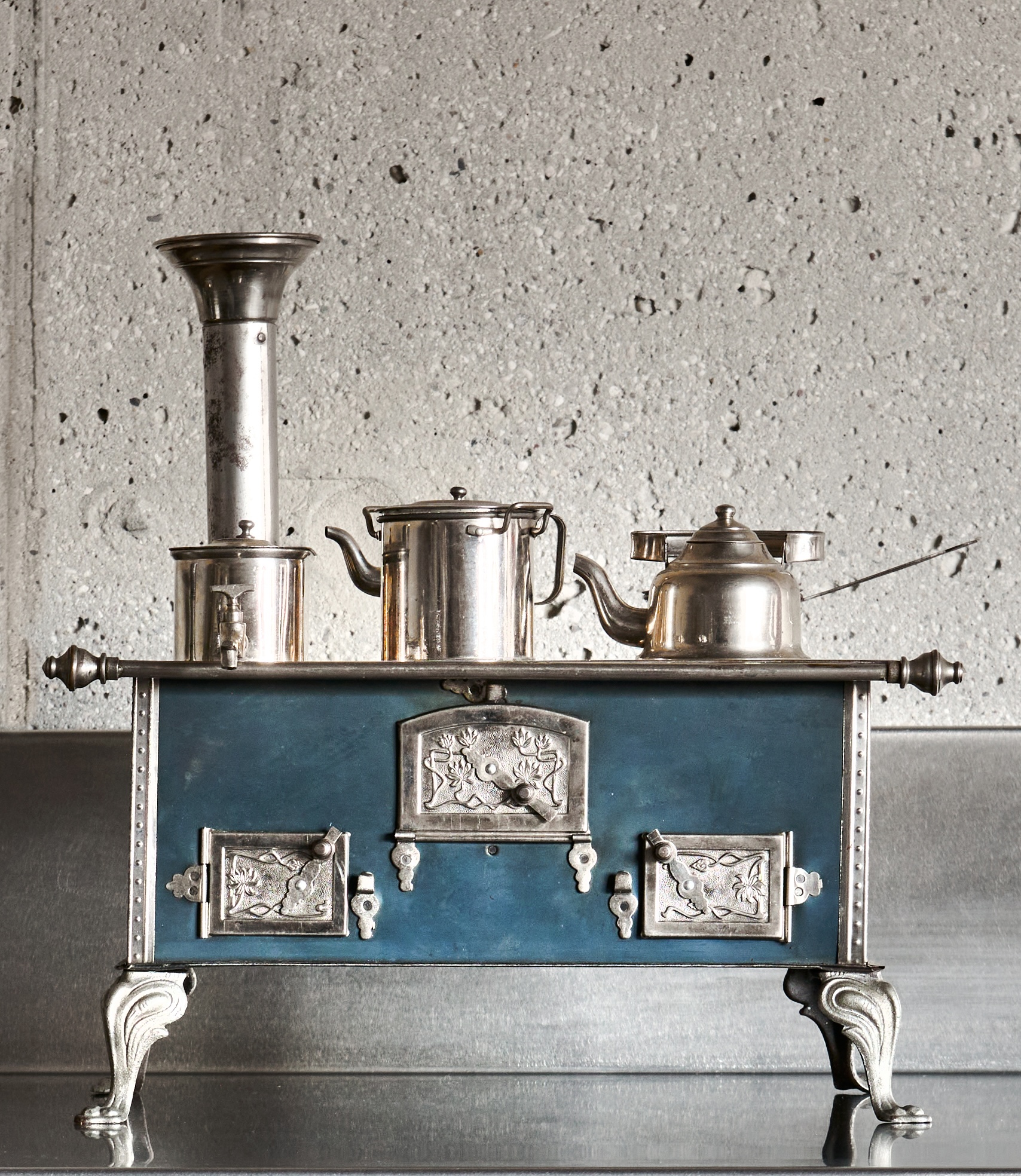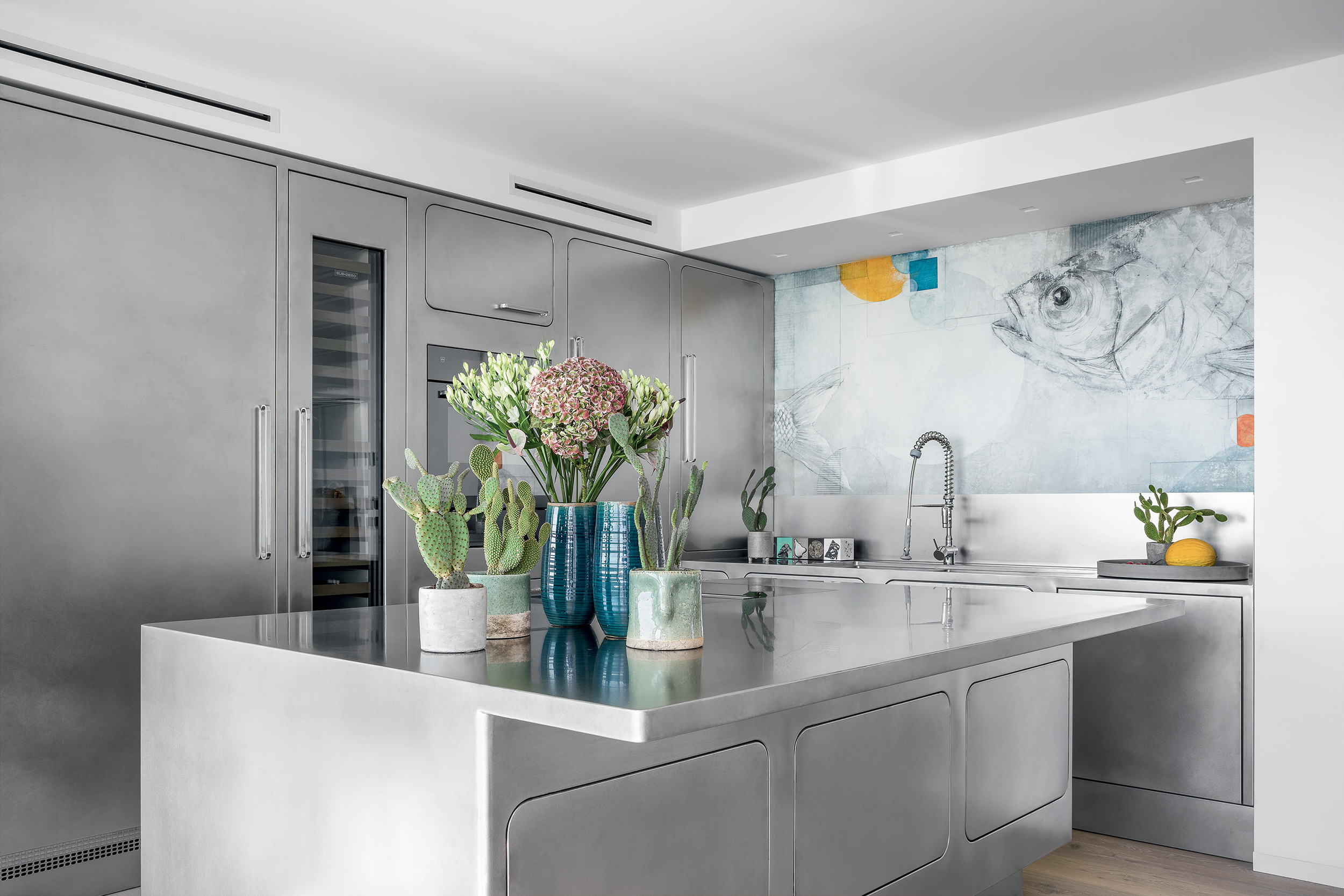
From the ancient swords of Damascus to modern designer kitchens, passing through the Brooklyn Bridge…
We are all familiar with steel; a high performance iron-carbon alloy: strong and durable, flexible and resistant, light and stainless.
But perhaps fewer people know about the history and evolution of steel. An ancient and fascinating story that dates back over 2,000 years.
Although today’s steel is the result of important evolutionary processes and its characteristics (and performance) are very different from those of the past, in ancient times it had an ancestor that was so hard it was said to be able to cut any other metal!
Steel, as we were saying, was already known in ancient times. Around the 5th century B.C., the famous Wootz steel, or Damascus steel, was forged. An alloy renowned for its exceptional qualities of hardness and resistance, its elaborate production process was only known to a select few skilled craftsmen. This made it a very rare and valuable material, which was used in the production of swords, mainly for noblemen or royals.
Over time, steel-forging techniques evolved greatly, but continued to have an artisan type nature. That was until the advent of the Industrial Revolution.
And it was in England in the 19th century that steel began to be produced on a large scale. This meant large quantities at low costs.
With the birth of the first steelworks in the late 19th and early 20th centuries, architecture and engineering developed in a way that was previously unthinkable. The strength, resistance, durability and rust resistance of the steel allowed it to go beyond the limits imposed by the materials used until then.
Just think of the Brooklyn Bridge (1883) made up of 4 steel cables with a diameter of 28 cm each! Or the steel structure that supports the 102 storeys (over 400 metres) of the Empire State Building. Built in just one year, between 1930 and 1931, it was the tallest skyscraper in the world.
Steel had become the symbol of an era of progress.
The use of steel in furnishing dates back to the first half of the 20th century, particularly in the Bauhaus in Weimar, Germany. Here the designers began to question how to exploit this innovative product also in home furnishings. The goal was to bring into homes the same elements of modernity, lightness and functionality that had revolutionised the world of architecture.
It was during that period that curved tubular steel furniture was conceived, made famous by the visionary designers of the time. Any examples?
The famous Wassily chair, or model B3, designed in 1925 by Marcel Breuer.

The Barcelona lounge chair in chrome steel and leather, designed in 1929 by Mies Van Der Rohe, still an icon of modern design.

Or Mart Stam’s Cantilever chair, created in 1926. Without rear legs it was an example of bold design thanks to its steel structure: light, flexible and resistant.
These are just three of the many steel furniture items still produced today, a century later! Tables and coffee tables, armchairs, lamps and many furnishing accessories replaced the wood or iron structure with steel over that period. First for functional reasons, then also (and increasingly) for aesthetic reasons. In fact, stainless steel, especially in its polished finish, emphasised the idea of modernity and luxury. For this reason it was one of the privileged materials, even in the Art Déco period (between the 1920s and 1930s), for the creation of furniture and art objects. Its shine and ability to be modelled into various shapes made it perfect to represent a new more modern and elegant furnishing style. Not only in the living room, but also in the kitchen.

The introduction of steel into the kitchen is closely linked to growing industrialisation and the need to use increasingly resistant, rust-free and, above all, hygienic materials.
The arrival of steel in kitchens, marks another fascinating chapter in its evolution. With the rapid growth of the food and restaurant industries, steel proved to be the most suitable element for industrial and professional kitchens.
From restaurant and hotel kitchens, which were growing increasingly in number in fin de siècle Europe, the old iron or cast iron stoves disappeared, being replaced by more modern and functional steel cookers.
The professional chefs of the time began to appreciate stainless steel for its durability and resistance to wear and tear, humidity and extreme temperatures. But above all because of the ease of cleaning, which is essential for maintaining the necessary hygiene conditions.

Given the practicality and functionality of industrial steel kitchens, some pioneers immediately began to bring them into the home. But it is only since World War II that the popularity of steel in the kitchen began to grow significantly, also for domestic use. This was a time of great change in society, in technology and in terms of experimenting with new materials. Also in the home.
The rise in living standards meant that more and more attention was paid to quality, performance and, of course, to the ease of cleaning furniture, throughout the home and especially in the kitchen. It was in the 1950s and 1960s that steel kitchens spread very rapidly in American homes. It was a symbol of wealth and style, modernity and progress.
Since the 1970s, with the explosion of designer furniture, kitchens have undergone several style evolutions too. But stainless steel has remained, and is still today, one of the privileged materials for manufacturing high-quality domestic kitchens.
In many cases it is combined with other materials (mainly stone, marble and wood) to integrate and coordinate the kitchen with the style of the house.

But more and more often, thanks to the evolution of processing techniques, visible steel is preferred. Not only for practical and functional reasons (resistance, hygiene, ease of maintenance), but also for aesthetic reasons. In fact, the strength and beauty of steel can create interesting contrasts with furnishings, increase the brightness of the room or enhance the kitchen as a sculptured object. In addition, steel can be treated with natural, mirror-polished or matte finishes (hand-orbitally polished or ‘scotch-brite’ satin finishes).

8 reasons to choose a steel kitchen
Abimis is a company that has been producing exclusively stainless steel kitchens for 10 years. They are kitchens of a very high standard and are all custom made by hand. They are semi-professional steel kitchens, or professional-derived kitchens, which perfectly combine design and performance, functionality and resistance. They combine the performance of the best professional kitchens (those used by chefs, to put it another way) with a minimal and extremely careful design, which suits every type of home.
